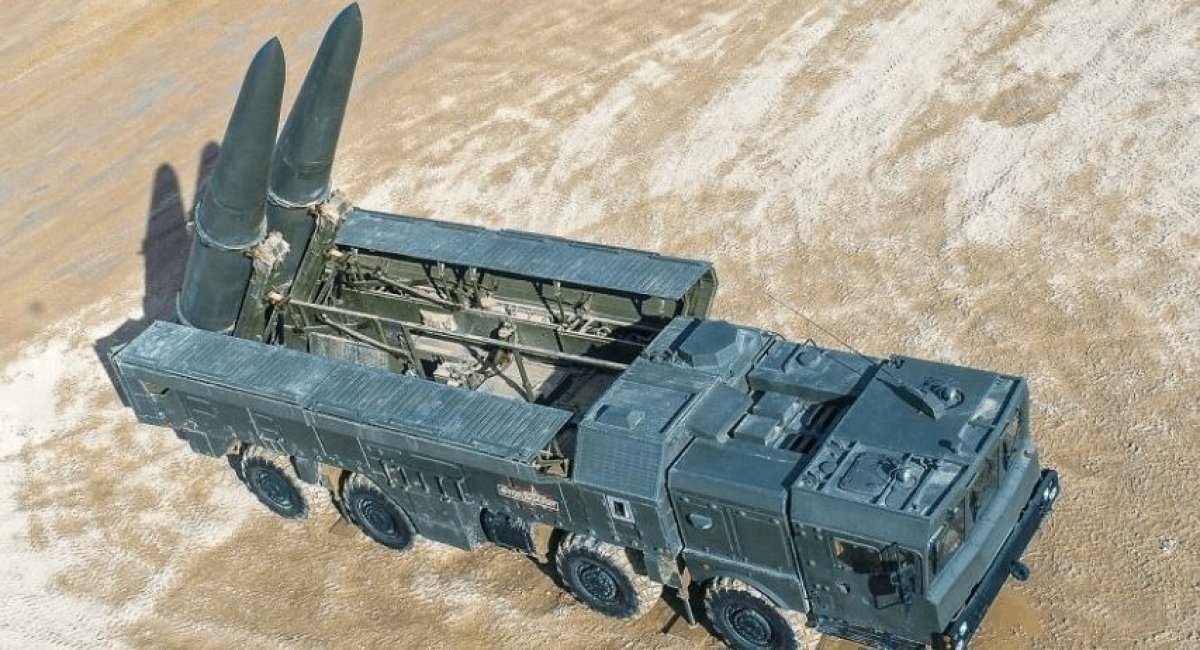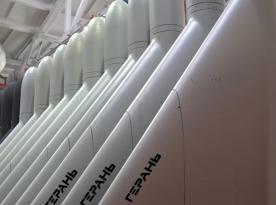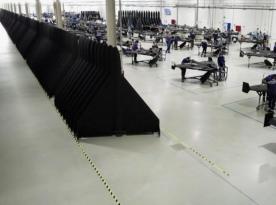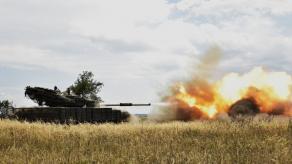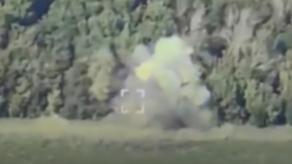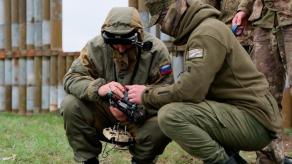Calculations based on public data indicate that the russian military industry is capable of producing between 840 and 1,020 9M723 ballistic missiles for the Iskander mobile missile system, as well as Kh-47M2 Kinzhal air-launched ballistic missiles for deployment with the MiG-31K fighter jet, annually.
At the same time, given Europe's current capabilities, it can intercept only up to 300 enemy ballistic threats per year. This dictates the need to change the approach to supporting Ukraine, for starters. This means providing not only interception capabilities but also the means to strike russian military industry facilities, argues Fabian Hoffmann, a specialist in missile weapons, in an article for Hartpunkt.
Read more: While russia Makes 1,600 Cruise Missiles and 6,000+ Shahed Drones, Western Air Defense Production is Looking Gloomy
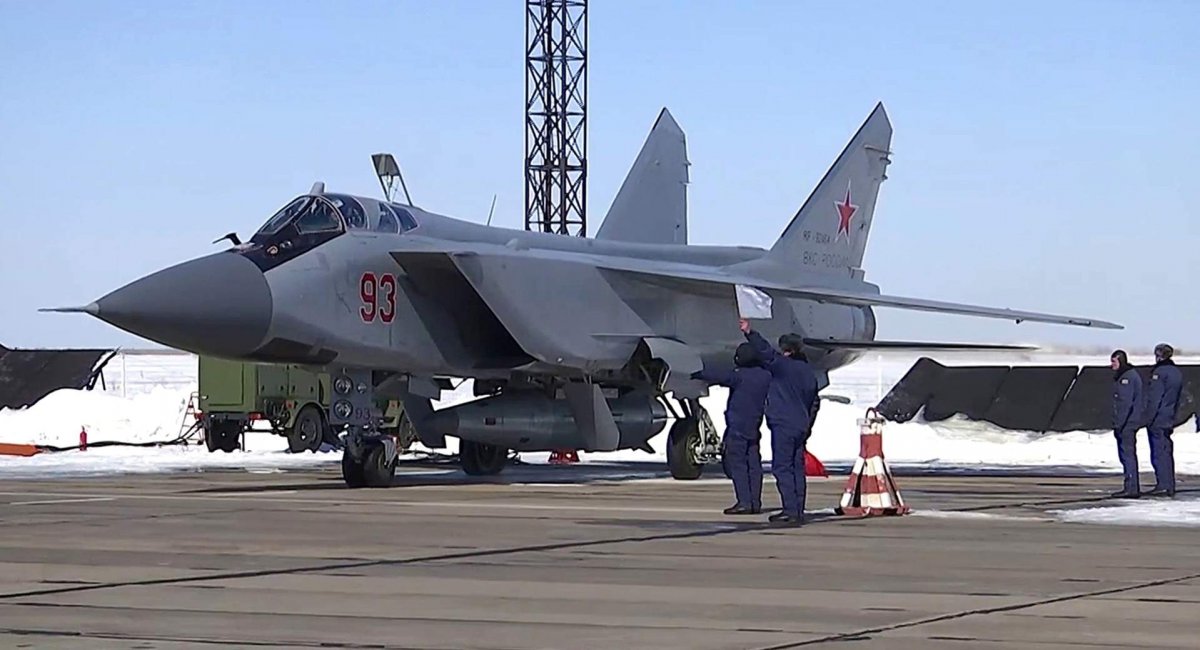
The researcher points out that, based on available calculations from the Defense Intelligence of Ukraine, the estimated annual production volume in russia ranges between 840 and 1,020 9M723 and Kh-47M2 Kinzhal ballistic missiles combined. In the first half of 2025, production of ballistic missiles for the Iskander system increased by 15 to 40% compared to Ukraine's previous estimates from December 2024.
It turns out that russia has increased the pace of ballistic weapons production — both in relative and absolute terms — faster than the U.S. and Europe ramped up production of anti-ballistic missile defense interceptors.

The figure of Europe's ability to shoot down only up to 300 ballistic targets per year is based on European and American production numbers for interceptor missiles with relevant capabilities, as well as the estimated requirement of at least two effectors to neutralize a single ballistic weapon.
In light of this, Hoffmann stressed that Europe should persist in advancing its missile defense capabilities, despite development being slower than russia's growing production of Iskanders and Kinzhals.
However, in supporting Ukraine, the priority should given to providing the means that can strike russian military industry. This generally requires a paradigm shift in European military thinking — from focusing on "restricted access zones" to adopting a more "offensive" approach.
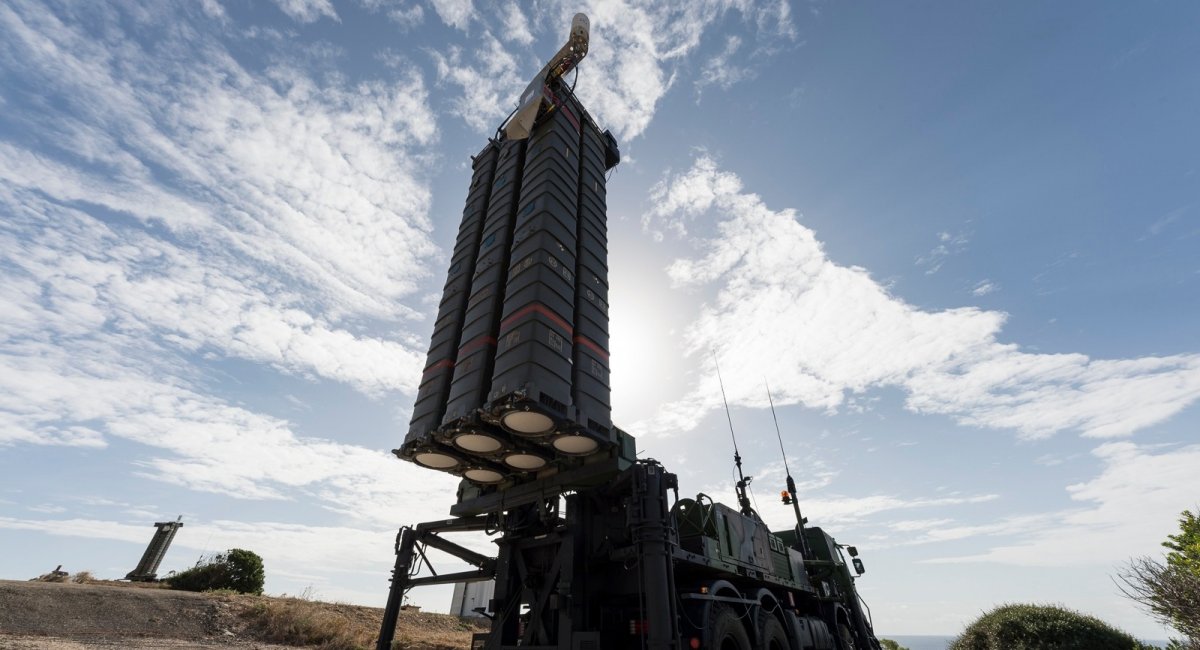
From Defense Express we would like to note that such paradigm of necessary changes in European support for Ukraine in countering russian attacks seems extremely reasonable. However, everything depends on the types of weapons European partners can provide to achieve the desired configuration.
Read more: Ukrainian Police Deminers Neutralize Unexploded russian Kh-101 Strategic Missile with Cluster Warhead (Photos)



